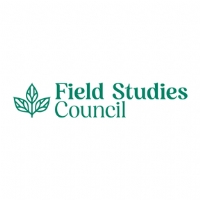23/05/14 - 26/05/14
ntroducing and focusing on the skills needed to identify trees native to the British Isles, as well as common non-native species. Over the weekend both the broad-leaf trees and the conifer trees will be covered. By the end of Sunday you will be able to identify the more common trees to species level with confidence!
Trees are an imposing and ecologically important component of the flora of the British Isles. Since the end of the last ice age around 10,000 years ago they began to re-colonise our landscape until the rising Channel cut through the land-bridge to mainland Europe around 2,000 or so years later. Since those times many other species have been introduced for use in forestry and horticulture.
The area around Betws-y-coed is home to a diverse range of species of both broad-leaves and conifers and during the day we will be making the most of this with field visits to nearby woodland and tree collections. With a minimum amount of transport, it is possible to see a significant proportion of different UK species. We will look at characteristics such as bark, foliage, flowers and cones, and start to get to grips with the botanical terminology used in identification keys.
Our evenings will be spent in the laboratory, looking in more detail at the species we have seen during the day, and focussing on the characters used to separate similar species such as sessile and pedunculate oak, and Scots and Corsican pines. We will also look at the range of identification guides and keys available, and discuss some of the strengths and weaknesses of each.
|
